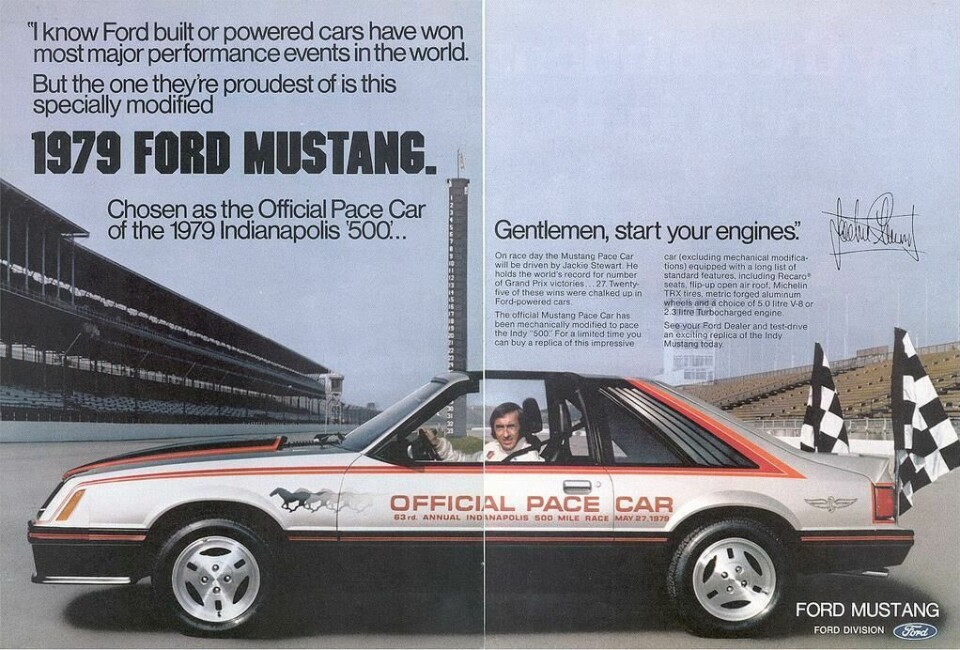
Ford Mustang RSX (1979)
The rally pony car that might have been
Ford introduced the third generation Mustang in 1978 as a 1979 model, and its larger size was a relief to those who had suffered through five years of the subcompact Mustang II, based on the ill-fated Ford Pinto platform. The new Mustang was based on the new, larger Fox platform shared by Ford’s boxy Fairmont compact.

But as Ford was introducing generation three of the Mustang, the Blue Oval sent a car over to its Italian subsidiary, Ghia, for some continental polishing. Ghia took the car and reimagined it as a rally car, something between a Lancia 037 Stradale and a Mark II Escort. RSX stands for Rally Sport Experimental – indicating that this was not intended to be your average suburban pony car.

Ghia began by shortening the wheelbase of the Mustang by 5.6 inches (142mm). The track was also widened by about an inch (25mm) at both the front and rear. The wheels were new 7.5 inch wide (191mm), 16-inch wheels with X16 Pirelli P7 tires. The car was also given a higher stance, befitting its planned rally use. However, the engine remained a stock 2.3-litre four-cylinder with an equally stock four-speed transmission.

The body was rebuilt to a more angular and aggressive shape; the headlights and fascia were more strongly raked, with crisp geometry that extends throughout the car. Only the wheel arches showed any real curvature. Perhaps the most dramatic feature of the car was the side graphic, which appeared to show a dramatic angular hexagon of dark glass extending down across the door of the car. In fact the lower panel black was Plexiglas bonded to the underlying door panel, a bit of sleight-of-hand that still looks interesting from the right angles, a sort of proto-BMWi8. But when the doors were swung open (in a traditional way, no gullwings or scissor doors), the whole effect disappears and the result is rather disappointing.

Complementing the angular look was a bright orange colourway that also highlighted the black-out graphics. At the front mask, the red/white/blue mustang logo linked the RSX to the original car, but at the rear, a variation on the futuristic Amelia typeface lent a bit of Future Shock to the design.

The interior of the RSX was a simplified version of the production Mustang. The rear seat was jettisoned when the frame was shortened, and the two front seats received the Italian black leather/red trim treatment. The rest of the interior was blacked out too, and the gearshift moved to the center stack.

The Mustang RSX had its brief moment in the sun. Introduced at the 1979 Chicago Auto show, it made the rounds at various auto shows and received extensive magazine coverage.
But Ford never had any plans to produce the car, even in limited numbers. The RSX would be retired, and it is believed to have met an untimely end in the crusher, as so many concepts do. But its design seemed to live on in the third generation Toyota Celica of 1981 or the Mitsubishi Starion of 1982 and its variants for Chrysler/Dodge.
The RSX was an interesting, angular/cubist design, but too different, too science fiction for Mustang purists. Rally enthusiasts, knowing the successes of Ford’s Escort Mark II cars of the era (not to mention the later and rather more daringly styled Escort Cosworth and RS200), are only left to speculate on what might have been.



